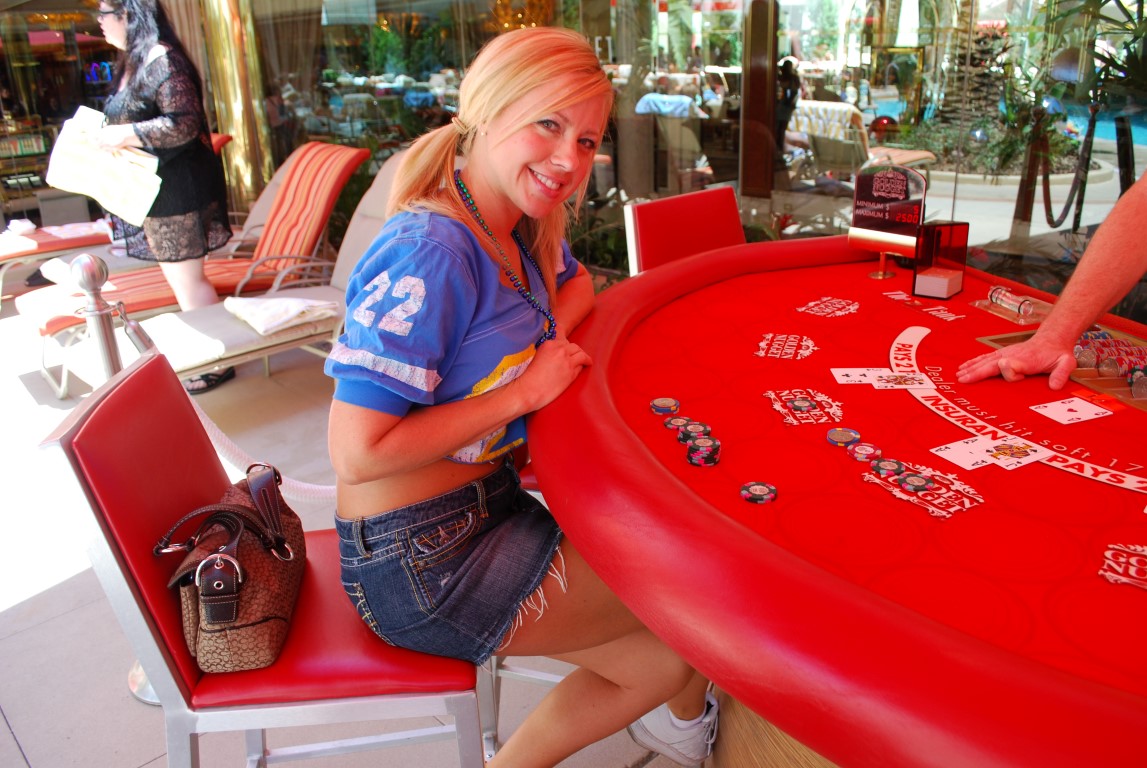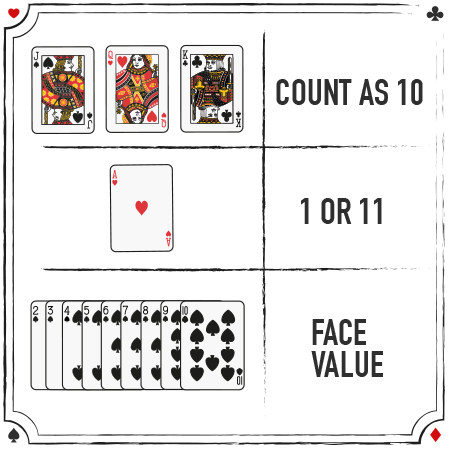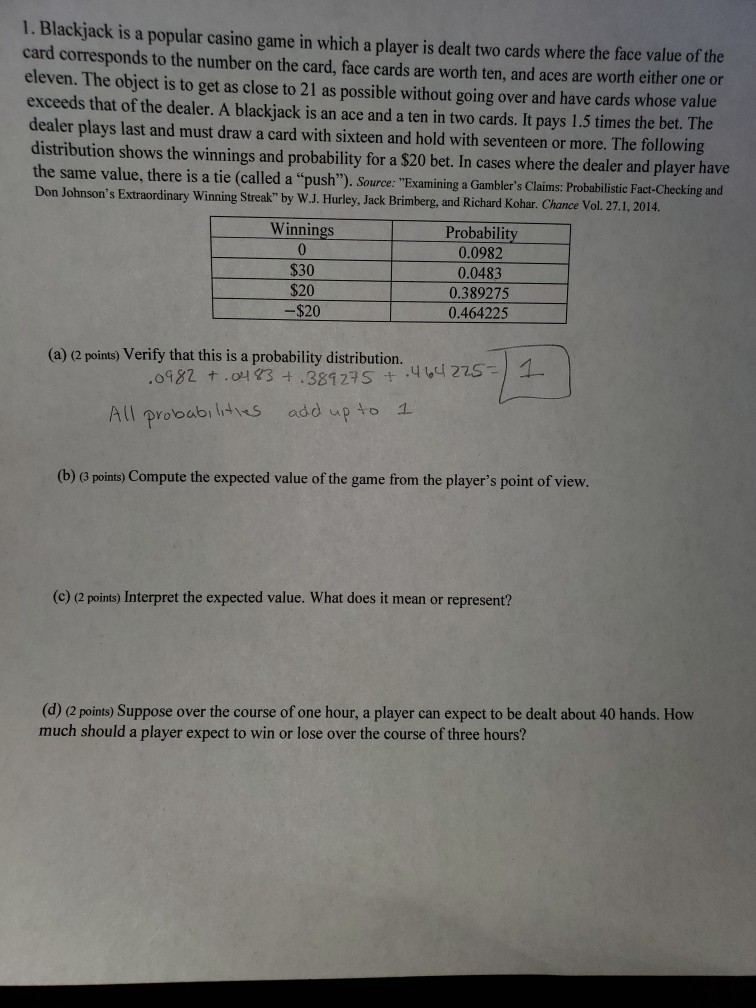Blackjack Ace Value
Hard value = 2 + 1 + 1 + 8 + 10 = 22 (bust) soft value = 2 + 1 + 1 + 8 = 12. Hard value 21, so return soft value (hand value is 12) Traditional thinking about the rules and the way the game is played, is that an Ace's value is conditional and can have two values, 1 or 11. This concept is difficult to implement. This Blackjack rule developed in the early part of last century defines a bonus for which the game was named. If the player's first two cards add to 21 (an Ace and a ten value card), this is called a 'Blackjack' or 'natural'. With Java Blackjack Ace Value innovative games like Lightning Roulette, Infinite Blackjack, Speed Baccarat and more, Evolution Gaming is setting the trend in live casino online entertainment. Find out more about Java Blackjack Ace Value the games Java Blackjack Ace Value available from Evolution Gaming at JackpotCity Casino below.
These are the blackjack card values used in almost all blackjack game variations:
- Number cards (2, 3, 4, 5, 6, 7, 8, 9, 10_ are played at face value.
- Kings, queens, and jacks are worth 10.
- Aces may be used as either 1 or 11
Blackjack Ace Value Sheet

Blackjack Ace Worth
Player hand
One goal of blackjack is to get a hand as close to 21 as possible, but the main goal is to get a better hand than the dealer who is also trying to get to a value of 21 without going over.
The best of all blackjack hand values to have is the “Natural Blackjack” . This consists of an Ace plus a second card worth 10 (either a 10 or a face card). If a player is dealt this hand, then the hand is immediately compared with the dealer’s hand. Unless the dealer also has a natural blackjack, the player wins. If the dealer also has natural blackjack, this would result in a tie, also called a “push”, and the player’s original bet is returned.
Players can also get blackjack with three or more cards, but because there is risk involved in trying to get such a hand, a natural blackjack is obviously preferred.
Dealer hand

Dealers are bound by a few key rules that usually work in the player’s favor. These rules govern when the dealer can stand and when they can hit. They usualy involve a hand of 17, requiring that dealers hit to 17, and stand on any hand of 17 or more.
Sometimes, rules talk of “soft 17” or “hard 17”. A soft hand is one that contains an ace, so a “soft 17” is an ace plus a 6. IF a dealer can hit until hard 17 and they are dealt a soft 17, they must take another card. This is generally bad for players, since another card will force the ace to drop from a value of 11 to a value of 1, which can greatly improve the dealer’s hand.
The whole point of the card game known as “Blackjack” is to attain a “hand value” of twenty-one, or as near to that figure as possible without going over (“bust”). In order to reach twenty-one the players and dealer all follow the same set of card values that can add up to the winning figure.
Standard values in a game of Blackjack are:
- Face cards of the Jack, Queen and King are worth ten
- Cards two through ten are worth their face value
- The Ace has two possible values of either one or eleven depending upon the effect it will have on the player’s hand
Each player begins a hand of Blackjack by receiving two cards. There are various rules and methods of receiving and handling cards, but each game always begins with two cards to the player.


From this point a player must assess the value of their initial hand in order to know how to proceed. While there are dozens of techniques, strategies and methods of play, a player must do some quick analysis about their hand.

For example, a player who is dealt a four and a five understands that they can take at least one more card without going “bust”, or exceeding twenty-one, while a player who has a Queen and a Jack knows that their hand value of twenty will go bust unless they get an Ace.
Standard Blackjack strategy states that most players, and dealers, should look to “stand” on a hand of seventeen or higher. While some tables have rules that oblige a dealer to stand on a certain hand value, others do not, and most players and dealers do follow some basic strategic maneuvers, such as holding at set amounts.
Aces can change how a player acts because of their flexible value. When a player has an Ace in their hand that can be valued at one or eleven, that player is said to have a “soft” hand. All hands that can have more than a single value are called “soft”.
A player who holds an Ace that can only be valued at one, otherwise it will cause the player to “bust”, is said to have a “hard” hand. All hands that have only a single value are referred to as “hard”.
While the Ace is beneficial to a hand’s value, most players desire a “ten” card of one kind or another. It is important to remember that there are more “ten” cards in the game than any other. This is because there are the four standard cards with a face value of ten, and there are the twelve face cards valued at ten each. The main reason a player wants a ten card is because of the probability that they can reach “blackjack” as well. Either through an Ace and their “ten” card (any two card “blackjack” is referred to as a “natural”) or by accumulating cards of lower values along with their “ten”.